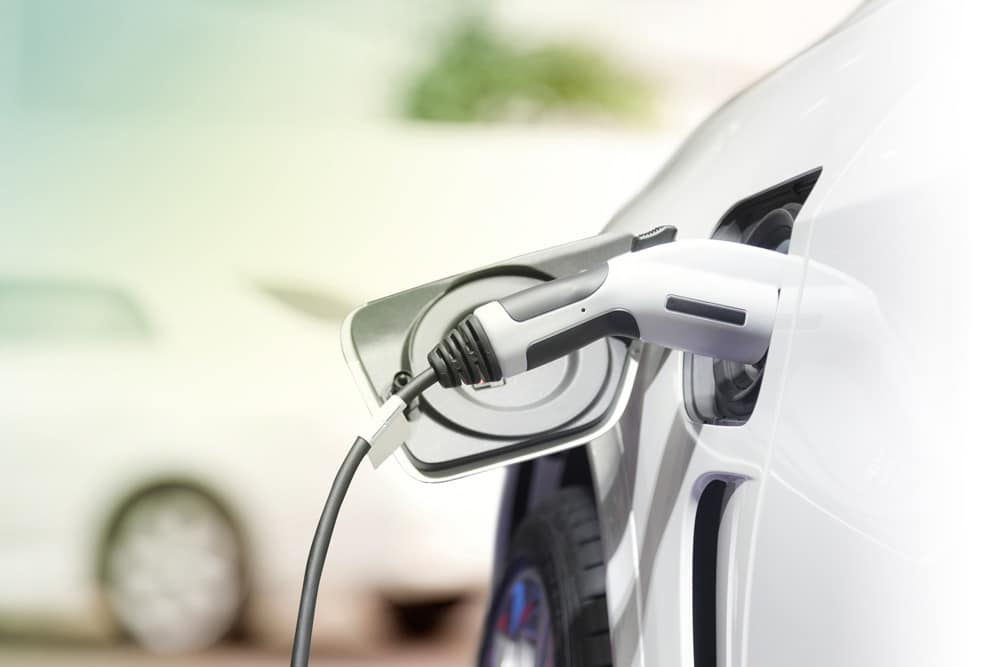
While there has been an acceleration in the advancement of smartphone technology, smart homes, electric vehicles and even smart wearables, they are all still limited by one thing – power. The limitations of the lithium-ion battery has meant that battery technology has not advanced in decades, but it seems that now as we enter a new decade, that we could be on the verge of a power revolution.
The source of all power
Lithium-ion batteries were first pioneered in 1912, but it wasn’t until the 1970’s when the first rechargeable lithium battery became commercially available. One of the key inhibitors to bringing this technology to the market was the unstable properties of lithium itself. By shifting to a non-metallic battery using lithium ions, the issues could be overcome as long as certain safety precautions were met when charging and discharging the battery. Even then, safety cannot always be guaranteed. In 2016, Samsung had to recall millions of the new Galaxy Note7 mobile phones when they discovered a battery cell issue which could potentially lead to a thermal event. Nowadays, lithium-ion batteries remain one of the safest battery types, which is why they have been utilised so successfully in cars. However, the advancement of the battery technology over the last 10 years, has not matched that of other automotive innovations.
Advancements are finally picking up pace. The biggest change that will take place at the beginning of this decade will be the ability for a battery to store enough energy to increase the range upwards of the standard 200 – 300 miles and the ability to re-charge the car in as little as 10 minutes. This is where the traditional lithium-ion battery could also begin to develop into its next phase. Silicon used instead of the traditional graphite anodes are currently being tested and can potentially increase the lifespan and performance of batteries by over 20%. Graphene batteries are in development that can possibly offer a driving range of over 500 miles. There is even a battery which is free from all of the traditional metals such as nickel and cobalt and only uses materials extracted from seawater. IBM Research who are currently developing this battery technology claim that this is cheaper to manufacture, and faster to charge than a traditional battery, but there is a long way to go before this becomes a viable alternative for EV’s.
It seems that for now anyway, the lithium-ion remains a good choice and likely to remain well into the next decade.
Performance versus Residual Value
The longevity of the battery and how the cells degrade over time determine the useful life of an electric car and will, in turn, have an effect on how much someone is prepared to pay for it on the second-hand market. According to feedback from Tesla owners, they have not seen the levels of degradation expected, which should be good news for EV residuals. Instead of the degradation suggested by the 8-year warranty offered on the battery by Tesla, owners saw less than 10 per cent loss of performance. Tesla’s 8-year warranty period for its early adopters will shortly be coming to an end, so the automotive industry will wait keenly to understand how Tesla fairs as the years and miles increase. Interestingly Jaguar has also opted for a similar 8-year or 100,000-mile battery warranty redeemable only if the battery drops below a 70% life state. After that, the expectation from many experts is that, similar to the mobile phone market; a consumer would either replace the battery or more likely replace the car. This isn’t bad news for the residuals, however, as confidence that the battery could significantly outlast the warranty is pushing residuals back up and leading to a growth in the leasing market where companies are more comfortable in underwriting the value of an EV.
More likely than that the original battery technology with it’s long times to charge and short-range will have a greater effect on the residual values of the first vehicles to market as new products are launched with greater range and faster charge. This problem is not just limited to EV’s; however, this is symptomatic of the fast pace of technology and the consumer’s desire to always have the newest and the best.
The Future of the Electric Vehicle
According to the Society of Motor Manufacturers and Traders, 2020 will bring the launch of 34 new battery-electric vehicles – from Vauxhall to Aston Martin; this is proof that the demand is rising and there is a positive transition towards the electric market. More importantly, as the major auto players continue to invest heavily in electrification technology programmes to replace the traditional gasoline powertrains, the number of electric vehicles will likely accelerate rapidly.
This investment has the positive effect of more research and development funds being spent developing the power behind the vehicles, which means that the outlook for the humble lithium-ion battery may become quite electrifying in the next decade.




